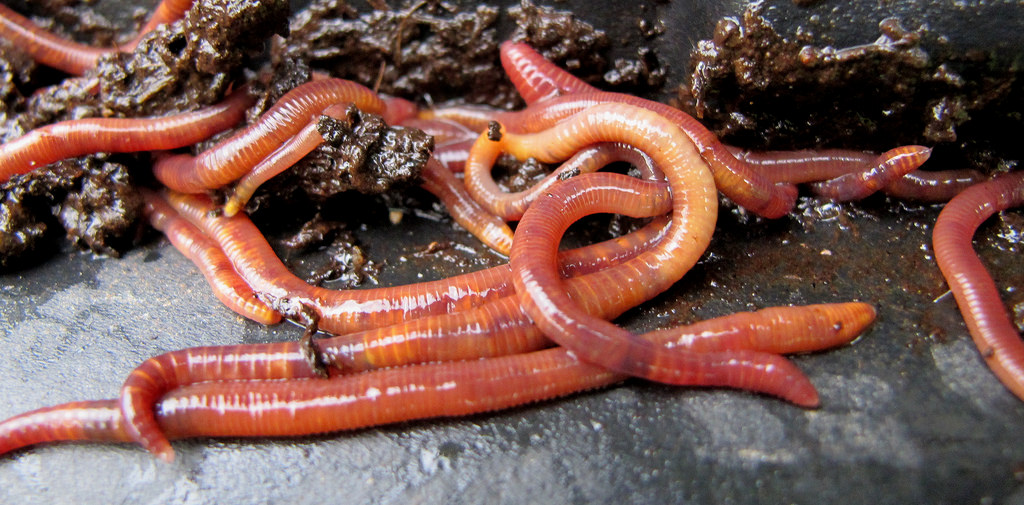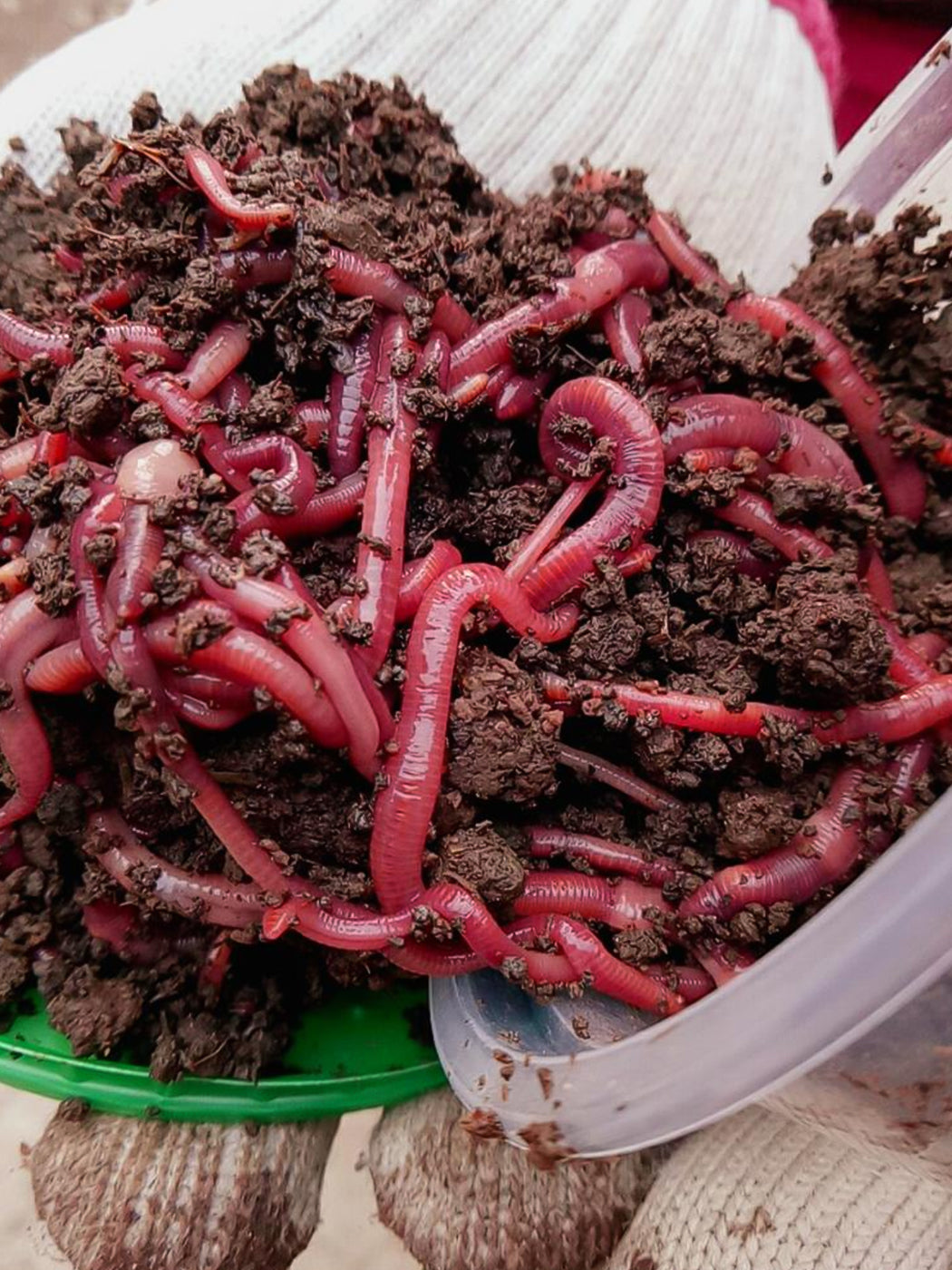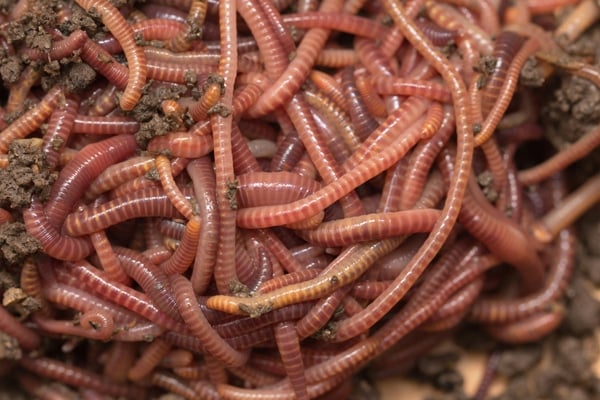Trust Red Wiggler Express for Sustainable and Top-Notch Lawn Care Options
Unlock the Tricks of Red Wigglers: Your Guide to Composting Success
The combination of red wigglers into composting techniques presents a considerable possibility for improving soil health and advertising sustainability. Comprehending their needs and actions is crucial for maximizing their capacity, from setting up an ideal worm bin to feeding them the appropriate products.

What Are Red Wigglers?
(Red Wiggler Express)Red wigglers, scientifically called Eisenia fetida, are a species of earthworm mainly used in composting due to their impressive capability to decompose natural issue efficiently. These worms are identified by their reddish-brown pigmentation and a segmented body, typically gauging between 3 to 4 inches in size. Unlike other earthworm varieties, red wigglers flourish in abundant, organic settings, making them perfect for vermicomposting systems.
Indigenous to North America, they are usually discovered in decaying fallen leaves and compost heap, where they play an essential duty in nutrient recycling. Their adjustment to staying in a moist, cardiovascular environment enables them to take in huge quantities of organic waste, damaging it down right into nutrient-rich castings that boost dirt health.
Red wigglers replicate swiftly, with a solitary worm capable of creating numerous cocoons weekly, each including multiple hatchlings. This fast recreation price adds to their effectiveness in composting operations. They like temperature levels in between 60 ° F and 80 ° F, and their task level boosts dramatically within this range, further helping in the decay procedure. Recognizing the biology and habits of red wigglers is essential for maximizing their potential in composting applications.
Advantages of Utilizing Red Wigglers
Utilizing the power of red wigglers in composting supplies many advantages that boost soil health and wellness and promote sustainable waste management. These amazing organisms efficiently break down raw material, changing cooking area scraps and yard waste right into nutrient-rich vermicompost. This completed item is exceptionally helpful for plant development, as it boosts soil structure, enhances wetness retention, and enhances vitamins and mineral accessibility.

(Lake Rhodhiss Bait)Additionally, the visibility of red wigglers in your composting system can increase the composting process, producing top quality compost in a fraction of the moment contrasted to conventional approaches. The castings generated by these worms are likewise including beneficial bacteria that further improve the soil ecological community.
Setting Up Your Worm Container
Producing an effective worm bin is a straightforward process that can dramatically improve your composting initiatives. The initial step is selecting an appropriate container. Worm bins can be made from plastic storage containers, wooden boxes, or readily offered worm containers. Guarantee the container has adequate drain and air flow openings to maintain ideal moisture levels and airflow.
Next, prepare the bedding material, which offers as the worms' environment. A mix of shredded newspaper, cardboard, and coconut coir functions well, giving a comfortable environment for the worms. Goal for a bed linens deepness of about 4-6 inches. Moisten the bed linen lightly, ensuring it looks like a moist sponge without excess water merging near the bottom.

Feeding Your Red Wigglers
To guarantee the health and efficiency of your red wigglers, it is vital to provide them with a well balanced diet plan that meets their dietary needs. Red wigglers grow on a diverse array of natural materials, which not just supply required nutrients however likewise advertise reliable composting.
Start by integrating kitchen scraps such as veggie peels, fruit cores, and coffee premises. Avoid citrus fruits, onions, and garlic, as these can be destructive to worm health. In addition, introduce shredded paper, cardboard, and completely dry leaves to produce a well-aerated setting.
Feeding frequency need to be kept track of; usually, worms can take in half their body weight in food weekly. It is crucial to prevent overfeeding, as excess food can bring about unpleasant smells and bring in bugs. A good technique is to add food in tiny amounts, enabling worms to refine it prior to introducing a lot more.
Keeping wetness degrees is also important; the bed linens should perspire however not soaked. Be certain to regularly check the temperature and pH degrees of the bin to make sure an ideal setting for your red wigglers, inevitably boosting their composting performance.
Harvesting and Utilizing Compost
A successful composting process with red wigglers culminates in the abundant, dark garden compost referred to as vermicompost, which can considerably enhance dirt wellness and plant growth. Harvesting this nutrient-dense product commonly takes place every three to six months, relying on the dimension of your system and the amount of natural issue being processed.
To collect, carefully separate the compost from the worms and any kind of undecomposed products. One efficient method entails moving the contents of the container to one side and including fresh bed linen and food to the vacant space, urging the worms to migrate. After a few days, the garden compost can be collected from the contrary side.
It is necessary to utilize vermicompost appropriately to maximize its advantages. It can be utilized as a leading dressing for garden beds, mixed right into potting soil, or made right into a nutrient-rich liquid plant food try here called "worm tea." This application method assists to deliver important nutrients straight to plant roots, promoting healthier growth. By integrating vermicompost into your horticulture regimen, you not just reuse organic waste yet additionally develop a thriving ecological community that supports sustainable horticulture techniques.
Conclusion
In summary, red wigglers serve as phenomenal allies in composting initiatives, transforming organic waste right into nutrient-rich vermicompost. By comprehending the ideal conditions for their habitat, feeding needs, and garden compost harvesting strategies, gardeners can enhance dirt wellness and advertise plant vigor.